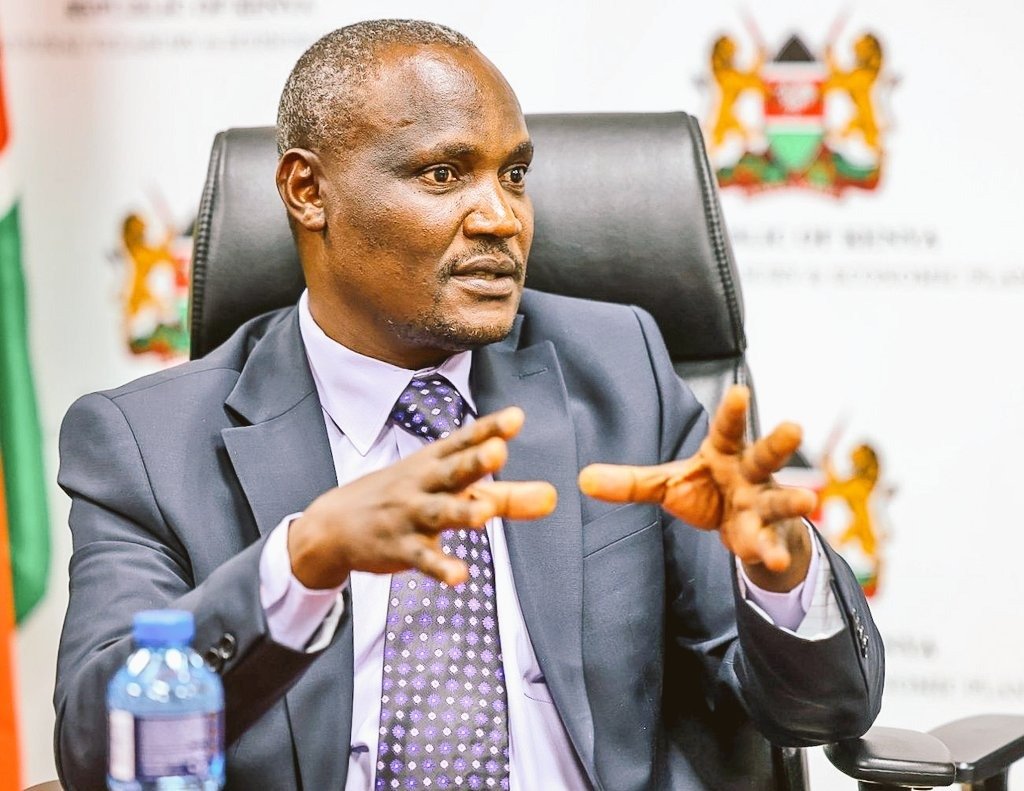Konza: Secrets of Kenya’s smart city without life

Konza Technopolis was never meant to be just another project—it was envisioned as the living heart of Kenya’s digital future.
But over a decade since its launch, Konza remains a paradox: roads are paved, data flows through fibre-optic cables, buildings rise from the plains—yet the city itself has not come alive.
It is wired but empty, ambitious but inert. For now, Kenya’s Silicon Savannah stands as a blueprint without a population.
By 2022, the first phase’s horizontal infrastructure—40 kilometres of roads, water and sewerage systems, electricity, and fibre—was fully completed.
A Huawei-built Tier III National Data Centre is operational. The nine-storey Konza Complex, completed in 2019, houses the Kenya Advanced Institute of Science and Technology (KAIST) and the Open University of Kenya (OUK).
The groundwork is real. But the human element that animates any city—residents, innovators, workers—remains largely absent.
OUK is the most active institution on site. Chartered in 2023 as Kenya’s first fully online public university, it operates from the Konza Complex.
It offers more than 25 programmes spanning AI, data science, cybersecurity, business, and agri-technology.
Through a partnership with China’s Donghua University, OUK co-established a China-Africa Digital Learning Centre focused on virtual labs, shared curricula, and instructor training.
In June 2025, it hosted a strategic forum with the Kenya Institute of Supplies Management to deepen industry-academic linkages.
OUK has proven that learning, at least, can thrive where few others have broken ground. KAIST is nearing completion.
Modelled on South Korea’s premier STEM university, it is being developed through a Ksh13 billion partnership—Ksh8 billion from Korea and Ksh5 billion from the Kenyan government.
The postgraduate institution will focus on applied science and innovation, with its first student intake expected in 2026.
But as of mid-2025, the site remains unoccupied—a promise, not yet a platform.
Despite claims that 75 per cent of Phase One plots have been allocated, vertical development is largely absent.
In February 2025, the government issued an ultimatum to plot owners: begin construction or face repossession. Still, few developers have moved forward.
A sluggish permit system, infrastructural dependencies, and investor hesitancy have frozen momentum.
Without housing, schools, health facilities, or retail, Konza lacks the basic scaffolding to support permanent life. Budgetary signals compound the unease.
The Treasury slashed Konza’s funding from Ksh5.2 billion in FY2024/25 to Ksh3.1 billion this year—a 40 per cent cut. Most of this allocation is earmarked for KAIST, smart facilities, and digital infrastructure maintenance.
While officials frame this as a transition from state-led construction to private-sector growth, others see it as a premature handover—before the city has legs to stand on.
Meanwhile, regional competitors are gaining ground.
The Kigali Innovation City is attracting tenants and capital. The Nigeria’s Eko Atlantic continues to scale.
Konza, despite its early lead, risks falling behind. Its status as a gazetted Special Economic Zone offers tax incentives and flexible regulations—but with no ecosystem to plug into, these perks go largely unused.
The path forward demands conversion of infrastructure into liveability. Vertical construction must be fast-tracked—homes, offices, labs, public services.
Government should ease developer bottlenecks, enforce build deadlines, and guarantee access to off-site logistics and transport.
Institutions like OUK and KAIST must evolve beyond presence into catalytic forces for research, employment, and entrepreneurship.
KoTDA, the implementing agency, must strengthen transparency and rigorously enforce compliance among plot owners.
Above all, the Treasury must commit to predictable, sustained funding—not episodic support that disrupts continuity.
With the Konza Technopolis Act 2023 that established an Authority in 2024 to administer the planning, development and management of the Konza Technopolis and for connected purposes Konza is not a failure.
It is a fragile success, suspended between planning and realisation.
The physical assets are in place. But vision without people is performance without an audience.
Kenya has built the shell of a smart city. What remains is to fill it with life.
Whether Konza becomes a dynamic hub or a cautionary tale now depends on political will, disciplined execution, and a sharp pivot from ambition to action.
The writer is a Data Scientist at UNEP and an AI and Climate Policy Strategist.














